John Calvin Coolidge Jr. (1872 – 1933), known as simply Calvin Coolidge, was an American politician from the Republican party. Coolidge entered politics in 1898 as a member of the City Council of Northampton. He then began a climb up the political ladder, serving in the Massachusetts House of Representatives, as mayor of Northampton, as a state congressman, as a state senator, as lieutenant governor and then as governor of Massachusetts. After the death of President Warren G. Harding, Vice President Coolidge took over presidency on August 2, 1923. He served as the 30th President of the United States till 1929. Coolidge presided over a vibrant and prosperous period in the United States known as the Roaring Twenties. His domestic policy was marked by low taxes and limited government spending. Major foreign policy events during his presidency were the Dawes Plan and the Kellogg–Briand Pact. Here are the 10 major accomplishment of President Calvin Coolidge.
#1 HE HAD A SUCCESSFUL CAREER AS A LAWYER
In 1895, Calvin Coolidge graduated from the Amherst College in Massachusetts. He studied law and passed the Massachusetts bar exam in 1898. He opened a law office in Northampton, Massachusetts. As a lawyer, for the next 20 years; he handled real estate deals, wills and bankruptcies. Coolidge launched his political career in 1898, when he was elected to the City Council of Northampton. He declined renomination the following year and instead ran for City Solicitor. He was elected for a one-year term in 1900, and reelected in 1901. As the City Solicitor, Coolidge gained vital experience as a lawyer. In 1902, the city council selected a Democrat for City Solicitor and so he returned to private practice. However, soon the clerk of courts for the county died and Coolidge was chosen to replace him.

#2 HE SERVED AS MAYOR OF NORTHAMPTON
In 1906, Coolidge ran for election to the state House of Representatives. He served as a Member of the Massachusetts House of Representatives in 1907–1908. Instead of vying for another term in the State House, Coolidge ran for mayor of Northampton. He was well liked in his home town and won the election. As mayor, he increased the salaries of teachers and decreased the city’s debt even though he decreased the tax slightly. Coolidge served as mayor of Northampton in 1910–1911. He then served as the Member of the Massachusetts Senate from 1912 to 1915. In 1914–1915, he was the President of the Massachusetts Senate.
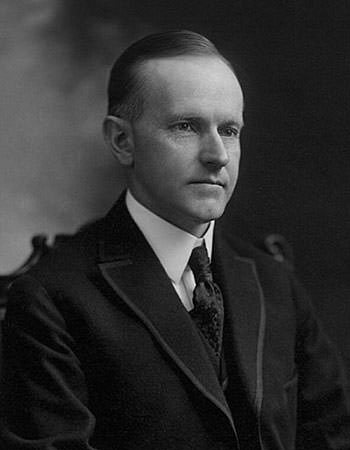
#3 HE SERVED AS THE 48TH GOVERNOR OF MASSACHUSETTS
In 1915, Coolidge won election to the post of Lieutenant Governor of Massachusetts. He served in this position from January 6, 1916 to January 2, 1919. Coolidge then won the election to the post of Governor. He served as the 48th Governor of Massachusetts from January 2, 1919 to January 6, 1921. As governor, Coolidge pushed the legislature to give a $100 bonus (equivalent to $1,412 in 2017) to Massachusetts veterans. He also signed a bill reducing the work week for women and children from fifty-four hours to forty-eight. He kept the tax rates as the same but trimmed $4 million from expenditures. This allowed Massachusetts to retire some of its debt.
#4 HE TOOK PROMPT ACTION DURING THE BOSTON POLICE STRIKE
On September 9, 1919, while Coolidge was Governor of Massachusetts, Boston police officers went on strike. They sought recognition for their trade union and improvements in wages and working conditions. Due to the Boston Police Strike, riots broke out across the city and there was lawlessness. Violence peaked at the night of September 10–11. In response, Governor Coolidge sent in the state guard to restore order; took control of the police force; took a strong stand against rehiring the striking police officers; and called for a new police force to be recruited. He declared famously “there is no right to strike against the public safety by anybody, anywhere, anytime”. The response of Coolidge to the Boston Police Strike launched him into national consciousness making him a hero in the eyes of the nation.
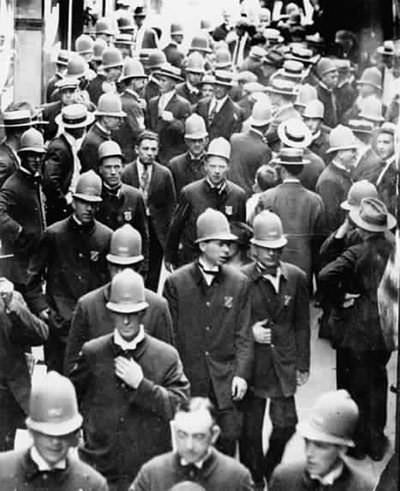
#5 HE SERVED AS THE 30TH PRESIDENT OF THE UNITED STATES
Coolidge served as the 29th Vice President of the United States from March 4, 1921 to August 2, 1923. On August 2, 1923, President Harding died unexpectedly in San Francisco and Coolidge was sworn in as president the next day. In the 1924 United States presidential election, Republican Coolidge defeated Democrat John W. Davis and Senator Robert La Follette of the Progressive Party. He won 54.0% of the popular vote as compared to 28.8% for Davis and 16.6% for La Follette. He won 382 electoral votes as compared to 136 for Davis and 13 for La Follette. Calvin Coolidge served as the 30th President of the United States from August 2, 1923 to March 4, 1929. He did not seek re-election for a second full term.
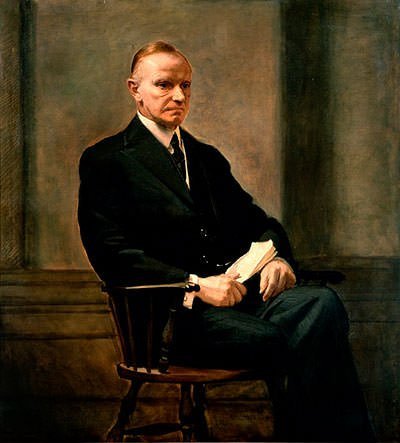
#6 HIS ECONOMIC POLICIES BROUGHT THE ROARING TWENTIES
The Roaring Twenties was the period during and around the 1920s which saw sustained economic prosperity in the west. During the period, the United States saw rapid industrial and economic growth; accelerated consumer demand; and significant changes in lifestyle and culture. The economic policies of President Coolidge are often credited for aiding the Roaring Twenties. Coolidge was a conservative president who did little to control businesses. The cornerstones of his economic policy was low taxes and limited government spending. During the presidency of Coolidge, the gross domestic product (GDP) rose from $85.2 billion in 1924 to $101.4 billion in 1929. Also, the unemployment rate was generally low during his tenure.

#7 HE GRANTED CITIZENSHIP TO NATIVE AMERICANS
Calvin Coolidge was outspoken in his support of African Americans and native people. He proposed laws to uplift the lives of African Americans including laws against lynching. However, these bills were blocked by Southern Democrats. On June 2, 1924, President Coolidge signed into law the Indian Citizenship Act, which granted full U.S. citizenship to the indigenous people of the United States. Though the Fourteenth Amendment had defined as citizen any person born in the U.S., it had been interpreted to exclude most native people. The Indian Citizenship Act of 1924 granted citizenship to about 125,000 of 300,000 indigenous people. It also increased their rights to their tribal lands.
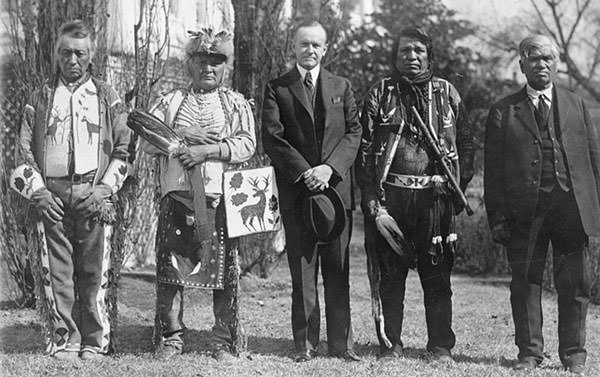
#8 THE FEDERAL RADIO COMMISSION WAS ESTABLISHED
Prior to 1927, radio was regulated by the United States Department of Commerce. Passed during the presidency of Calvin Coolidge, the Radio Act of 1927 transferred most of the responsibility for radio to a newly created Federal Radio Commission (FRC). The Act declared the airwaves to be public property and subject to governmental control. The five-person FRC was given the power to grant and deny licenses, and to assign frequencies and power levels for each licensee. Anything was allowed to be aired except content that included “obscene, indecent or profane language.” The FRC was replaced in 1934 by the Federal Communications Commission (FCC), which still regulates interstate communications by radio, television, wire, satellite and cable.

#9 HE RESOLVED GERMAN REPARATION ISSUE THROUGH THE DAWES PLAN
In 1920s, Germany had to pay an enormous sum to other European nations in the form of World War I reparations. In response to Germany defaulting on reparations, France occupied the German Ruhr industrial area in 1923. To resolve the issue, President Coolidge appointed Charles Dawes to lead an international commission to reach an agreement on Germany’s reparations. This resulted in what is known as the Dawes Plan. It was decided that Germany would be loaned about $200 million, primarily through Wall Street bond issues in the United States; and the French troops would leave the Ruhr valley. Apart from this, the Dawes Plan resulted in providing a large capital influx to German industry; and transferred Germany’s burdens of war reparations to American bond investors. Charles Dawes won the Nobel Peace Prize in 1925 for the Dawes Plan.
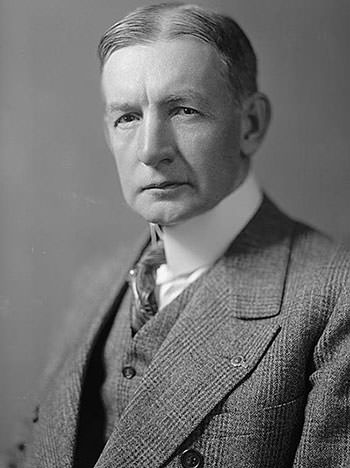
#10 HIS ADMINISTRATION PLAYED A KEY ROLE IN THE KELLOGG–BRIAND PACT
The primary foreign policy initiative during the presidency of Coolidge was the Kellogg–Briand Pact of 1928, which was named after its authors, US Secretary of State Frank B. Kellogg and French foreign minister Aristide Briand. The treaty, ratified in 1929, committed its signatories to “renounce war, as an instrument of national policy in their relations with one another.” The pact was signed by Germany, France and the United States on 27 August 1928, and by many other states soon after. The primary provisions of the treaty were renouncing the use of war; promoting peaceful settlement of disputes; and use of collective force to prevent aggression. Though it did not end war, the Kellogg–Briand Pact was influential in the sense that its provisions were incorporated into future treaties like the United Nations Charter; and it also represented a major step toward the creation of global protocols.

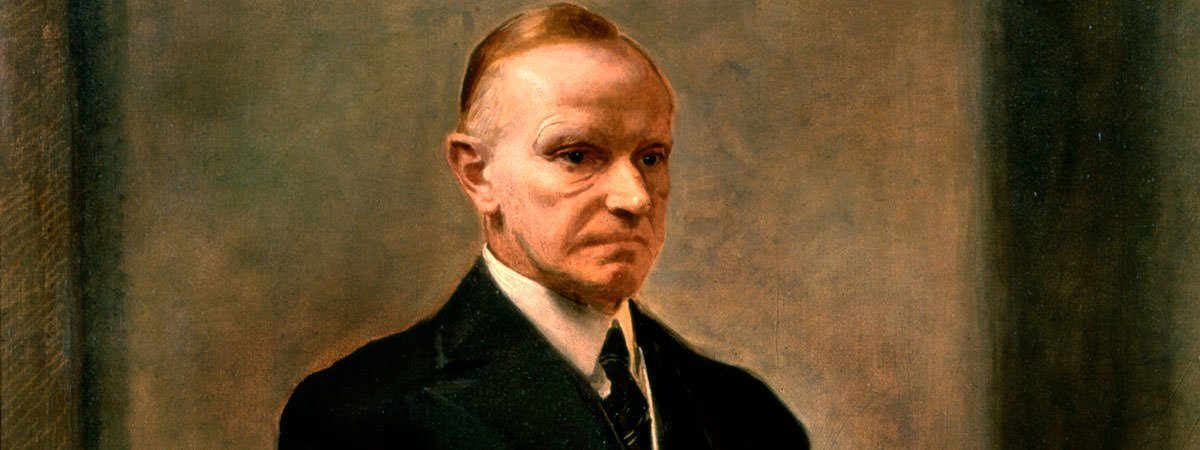
It appears this president represents the very best of America under adversity of the1920’s. wish we had one today